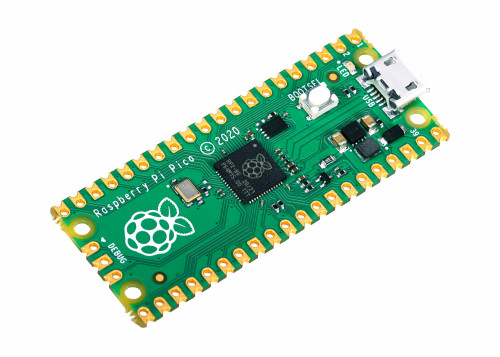Dijous 21 de gener del 2021. És a dir, el dia 21, de l’any 21 del segle 21. La Raspberry Pi foundation, sempre li agrada jugar amb les dates i aquesta vegada, han utilitzat aquesta data curiosa, per presentar, també una curiositat.
La fundació, ens ha presentat aquesta vegada, quelcom peculiar, per primera vegada, no es tracta exactament d’un nou model de Raspberry Pi (el que coneixem com a mini-ordinador), si no, que aquesta vegada, han fet un pas més enllà i han portat el Raspberry Pi, al nivell dels microcontroladors.
RP2040
Aquesta vegada han fet quelcom curiós. Han creat un xip, el RP2040, programable en C i MicroPython. Les característiques són les següents (copy paste):
- Dual-core Arm Cortex-M0+ @ 133MHz
- 264KB (remember kilobytes?) of on-chip RAM
- Support for up to 16MB of off-chip Flash memory via dedicated QSPI bus
- DMA controller
- Interpolator and integer divider peripherals
- 30 GPIO pins, 4 of which can be used as analogue inputs
- 2 × UARTs, 2 × SPI controllers, and 2 × I2C controllers
- 16 × PWM channels
- 1 × USB 1.1 controller and PHY, with host and device support
- 8 × Raspberry Pi Programmable I/O (PIO) state machines
- USB mass-storage boot mode with UF2 support, for drag-and-drop programming
I aquí comença “la màgia” d’aquest invent, presentar el xip a part, permet a la fundació, crear el microcontrolador que l’utilitza, el Raspberry Pi Pico, però també permet a altres fabricants, fer-ne les seves adaptacions. Com per exemple, la gran botiga Adafruit, com fins i tot, una col·laboració amb Arduino!
Raspberry Pi Pico
Raspberry Pi Pico està dissenyat com una placa de baix cost (només 4$!!) per al xip RP2040. Junt amb el RP2040 compta també amb 2 MB de memòria Flash i un xip de font d’alimentació que admet voltatges d’entrada d’entre 1,8-5,5V. Això us permet alimentar el vostre Pico des d’una àmplia varietat de fonts, incloses dues o tres piles AA en sèrie o abateries de d’ions de liti.
Pico proporciona un sol polsador, que es pot utilitzar per accedir al mode d’emmagatzematge massiu USB en arrencar i també com a entrada general, i un sol LED. Exposa 26 dels 30 pins GPIO del RP2040.
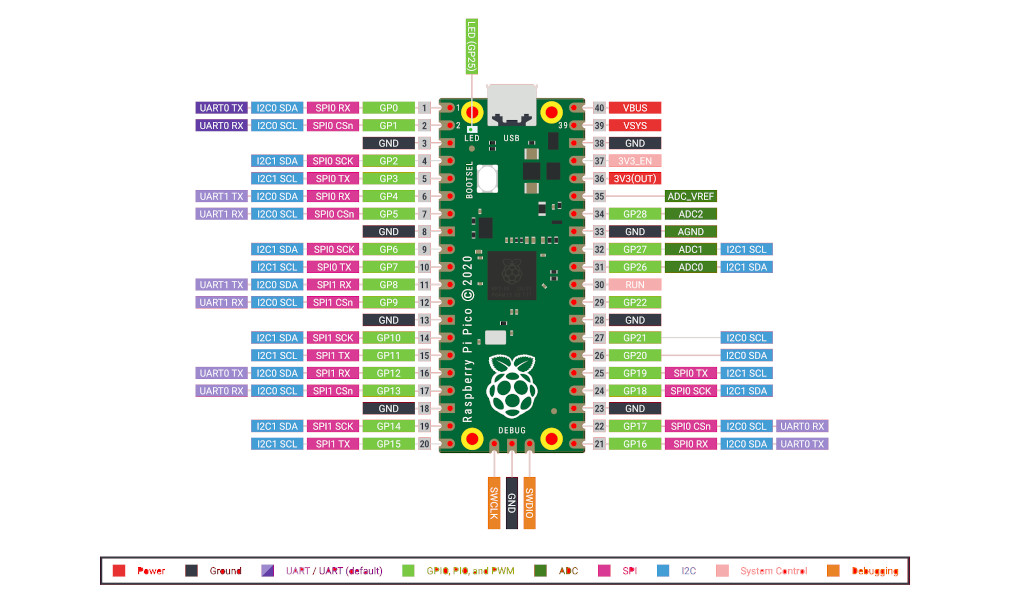
Podeu trobar més característiques, datasheets i documentació a la pàgina oficial.
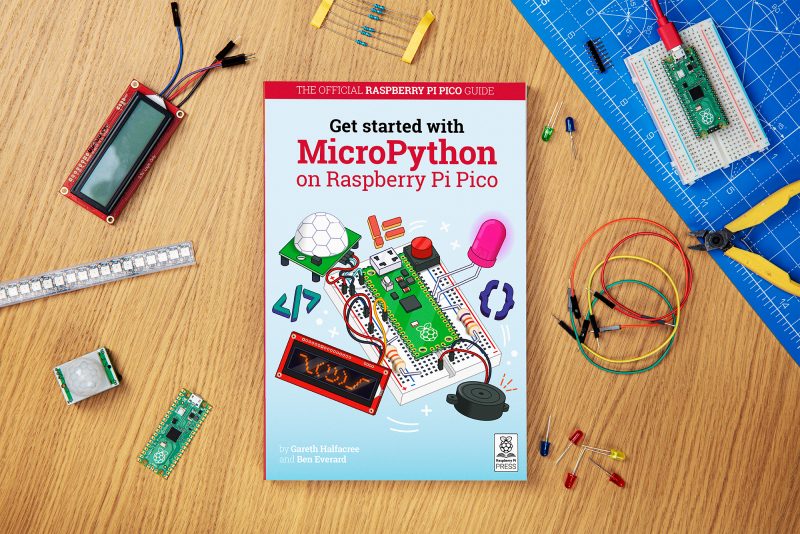
Altres fabricants
Com hem comentat, per primera vegada, el xip, pot ser utilitzat per altres proveïdors, per fer les seves versions de Raspberry Pi Pico.
Adafruit Feather RP 2040
RP2040 joins the hundreds of boards in the Feather ecosystem with the fully featured Feather RP 2040 board. The 2″ × 0.9″ dev board has USB C, Lipoly battery charging, 4MB of QSPI flash memory, a STEMMA QT I2C connector, and an optional SWD debug port. With plenty of GPIO for use with any FeatherWing, and hundreds of Qwiic/QT/Grove sensors that can plug and play, it’s the fast way to get started.
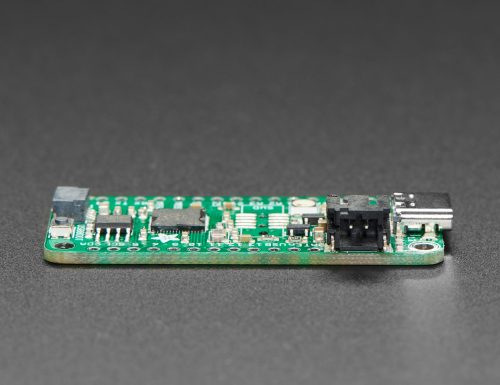
Adafruit ItsyBitsy RP 2040
Need a petite dev board for RP2040? The Itsy Bitsy RP 2040 is positively tiny, but it still has lots of GPIO, 4MB of QSPI flash, boot and reset buttons, a built-in RGB NeoPixel, and even a 5V output logic pin, so it’s perfect for NeoPixel projects!Need a petite dev board for RP2040? The Itsy Bitsy RP 2040 is positively tiny, but it still has lots of GPIO, 4MB of QSPI flash, boot and reset buttons, a built-in RGB NeoPixel, and even a 5V output logic pin, so it’s perfect for NeoPixel projects!
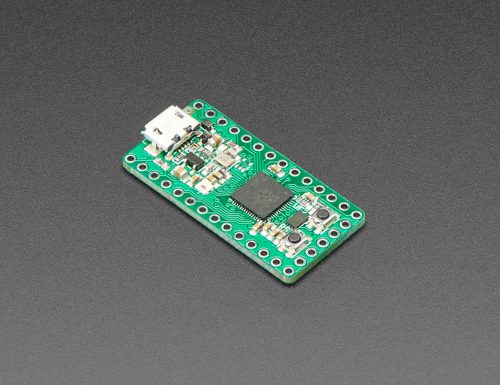
Arduino Nano RP2040 Connect
Arduino joins the RP2040 family with one of its most popular formats: the Arduino Nano. The Arduino Nano RP2040 Connect combines the power of RP2040 with high-quality MEMS sensors (a 9-axis IMU and microphone), a highly efficient power section, a powerful WiFi/Bluetooth module, and the ECC608 crypto chip, enabling anybody to create secure IoT applications with this new microcontroller. The Arduino Nano RP2040 Connect will be available for pre-order in the next few weeks.
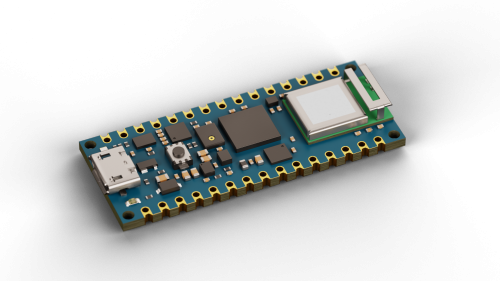
Pimoroni PicoSystem
PicoSystem is a tiny and delightful handheld game-making experience based on RP2040. It comes with a simple and fast software library, plus examples to make your mini-gaming dreams happen. Or just plug it into USB and drop the best creations from the Raspberry Pi-verse straight onto the flash drive.
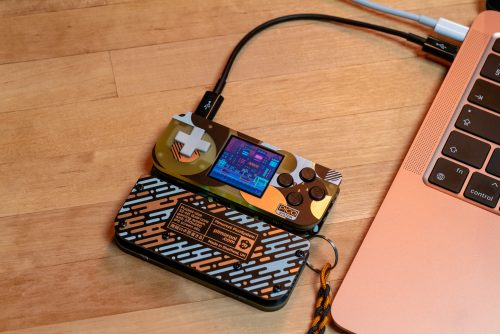
Pimoroni Pico Explorer Base
Pico Explorer offers an embedded electronics environment for educators, engineers, and software people who want to learn hardware with less of the “hard” bit. It offers easy expansion and breakout along with a whole bunch of useful bits.
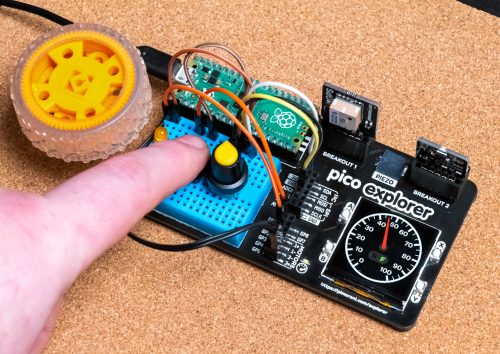
SparkFun Thing Plus – RP2040
The Thing Plus – RP2040 is a low-cost, high-performance board with flexible digital interfaces featuring Raspberry Pi’s RP2040 microcontroller. Within the Feather-compatible Thing Plus form factor with 18 GPIO pins, the board offers an SD card slot, 16MB (128Mbit) flash memory, a JST single-cell battery connector (with a charging circuit and fuel gauge sensor), an addressable WS2812 RGB LED, JTAG PTH pins, mounting holes, and a Qwiic connector to add devices from SparkFun’s quick-connect I2C ecosystem.
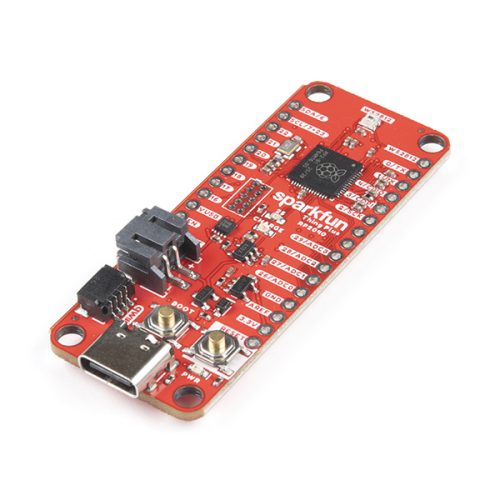
SparkFun MicroMod RP2040 Processor
The MicroMod RP2040 Processor Board is part of SparkFun’s MicroMod modular interface system. The MicroMod M.2 connector makes it easy to connect your RP2040 Processor Board with the MicroMod carrier board that gives you the inputs and outputs you need for your project.
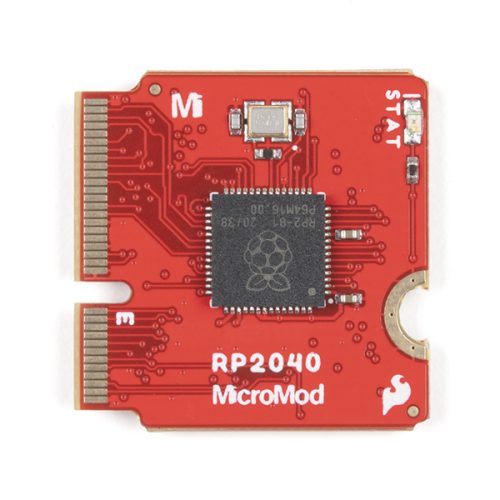
SparkFun Pro Micro – RP2040
The Pro Micro RP2040 harnesses the capability of RP2040 on a compact development board with the USB functionality that is the hallmark of all SparkFun’s Pro Micro boards. It has a WS2812B addressable LED, boot button, reset button, Qwiic connector, USB-C, and castellated pads.
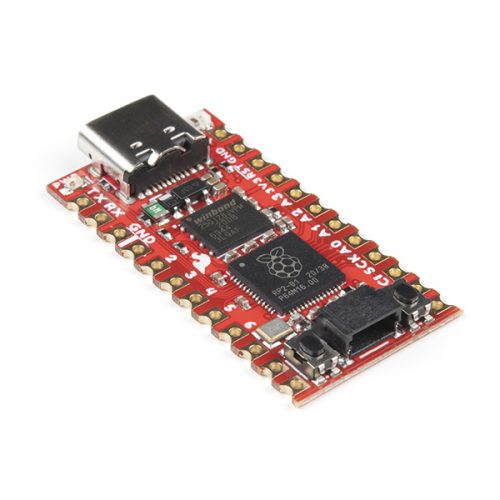
Més informació
- Presentació oficial RP2040 i Raspberry Pi Pico
- Pàgina oficial (Especificacions, documentació i partners)

